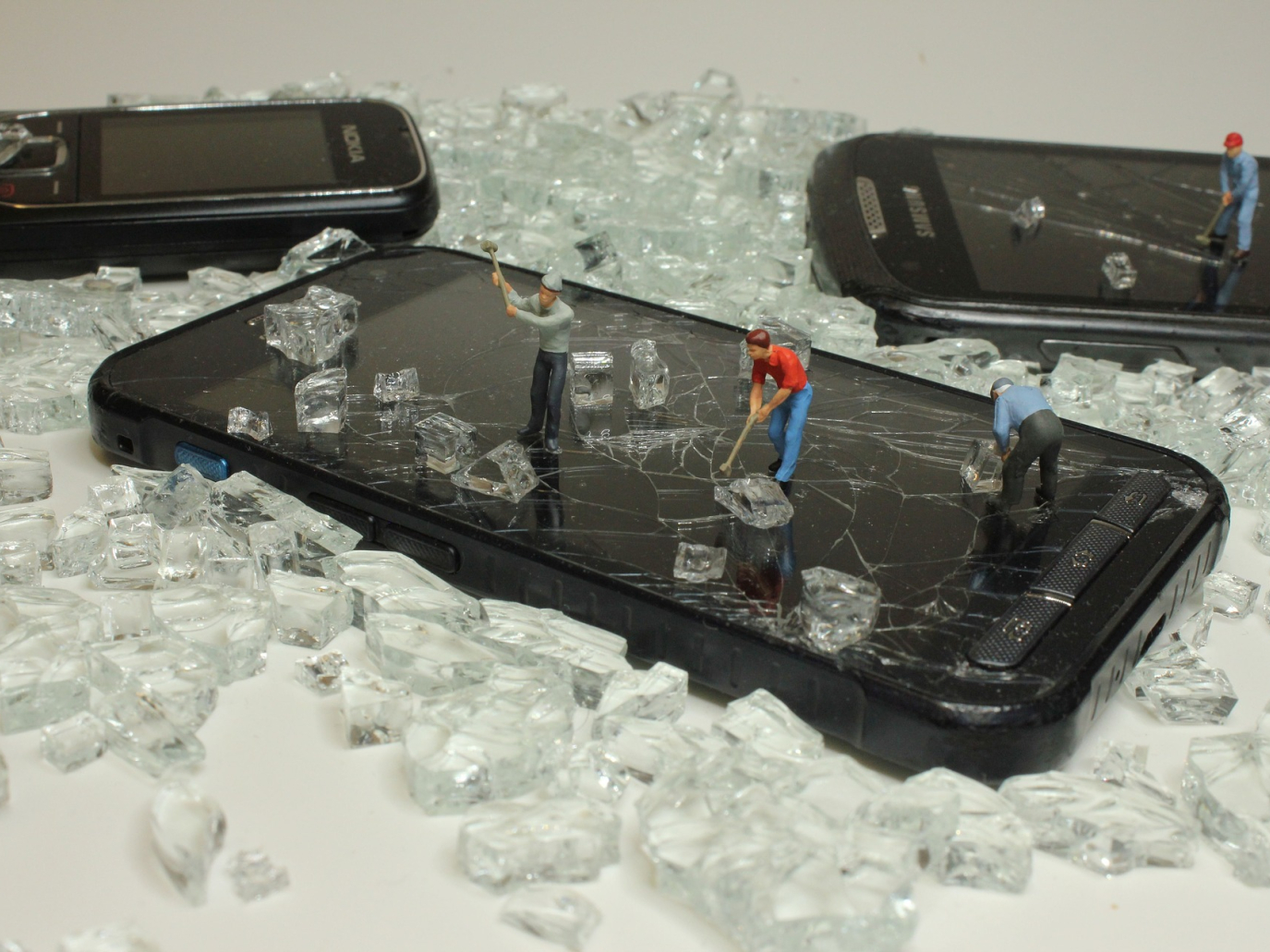Countries in the European Union collect and recover more end-of-life electrical and electronic devices than the rest of the world. This work, however, is still not sufficient to achieve the recycling goals set by the Union. This fact emerged from a report by the European Court of Auditors, which takes stock on WEEE management in Europe and highlights some points of criticism that need to be urgently addressed, such as the illegal trade in electronic waste.
Europe sets a good example in WEEE collection, but there is more to be done
WEEE – or Waste Electrical and Electronic Equipment – is, in a sense, the Cinderella of the circular economy, having been initially overlooked in favour of other, more “traditional” sectors such as plastic or paper. However, in recent years, Europe has increasingly been pushing for management, collection, and recycling policies for these materials, which are as hazardous for the environment if disposed of improperly as they are precious for their relevant industries if recovered correctly.
From the recent report by the European Court of Auditors (ECA), titled “EU actions and existing challenges on electronic waste”, it emerges that European countries recover an amount of WEEE that puts most of the rest of the world to shame, even though this is still not enough to reach the recycling targets that have been set. The problem, according to data from the Global E-Waste Statistics Partnership, is that Europe (including both EU and non-EU countries) is the continent with the highest per-capita rate of electrical and electronic waste production, with a total volume comparable to that of the Americas and Oceania, despite achieving a recycling rate four times as high.
Therefore, it is clear why the European Union has decisively attempted to accelerate WEEE norms, also in the wake of the new Circular Economy Action Plan. The targets set in 2019 thus require Member States to achieve “a minimum collection rate of 65% for all WEEE compared to the average weight of electrical and electronic equipment (EEE) put on the market in the three preceding years, or, alternatively, of 85% of WEEE generated on the territory of that Member State”. The most recent data are still not available, however, as the ECA reports, it is estimated that only Bulgaria and Croatia achieved the 65% target in 2019. In short, even though things are heading in the right direction, there is still a long way to go, and many obstacles to surmount. “The collection and recovery of e-waste in the EU have improved over time, and the EU currently recycles about 80 % of the e-waste it collects,” said Joëlle Elvinger, the ECA member responsible for the review. “However, the collection, recycling and reuse of e-waste are not equally effective in all Member States and could be further increased. We also observed some challenges in the way the EU deals with the mismanagement of e-waste, illegal shipments and other criminal activities”.
A mine full of critical raw materials to be recovered
Improving the rate of WEEE collection and recycling is not only strategic from an environmental perspective. “Proper treatment of e-waste – the ECA writes – can yield significant economic benefits and reduce demand for raw materials. For instance, 1 tonne of smartphones contains about 100 times more gold than 1 tonne of gold ore”. And it’s not just gold: electronic devices, solar panels, and end-of-life domestic appliances can contain other precious metals such as copper, nickel, indium, or palladium. EU project ProSUM (Prospecting Secondary raw materials in the Urban mine and Mining waste) has identified 49 chemical elements present in WEEE, 18 of which are classified as critical raw materials, whose supply chain is subject to strategic risks and has recently become the focus of a specific action plan by the European Commission. After all, the European Commission even identified EEE as one of the “key value chains that require urgent, comprehensive and coordinated actions” in the New Circular Economy Action Plan. These actions, however, cannot be limited to mere collection and recycling initiatives but must promote a wider vision of circularity, starting by extending the lifespan of products.
Thus, at the end of 2021, the Commission will also present a new “Circular Electronics Initiative” that will also include regulatory measures on the ecodesign of products. The goal is to make EEE (including mobile phones and computers) more efficient, durable, and simpler to repair, update, reuse, and recycle. The plan also includes the intention to implement new regulatory measures for mobile phone chargers, and the possibility of instituting a Europe-wide returns system for used phones, tablets, and chargers.
Open challenges to improve the collection of electrical and electronic waste
While on the regulatory side the European Union is setting up important instruments to enhance the value of the WEEE sector, implementing and enforcing regulations is not always easy. According to the Court of Auditors, there are frequent cases of illegal management and non-compliant treatment of electrical and electronic waste, especially with regards to the removal of potentially toxic substances. The greatest problem is the lack of adequate monitoring, which also affects the other major issue in WEEE management: illegal trade.
Unfortunately, as noted by the International Organization of Supreme Audit Institutions (INTOSAI), it is rather easy, for companies being paid to dispose of WEEE, to increase profits through illegal activities, and it is highly unlikely to be found out. Thus, it often happens that electrical and electronic waste, once stripped of its most valuable components, is illegally dumped with no regard for toxic substances. Alternately, it may be sent to countries outside the EU, despite international regulations on hazardous waste banning this practice.
“A report prepared by the Presidency of the Council of the European Union – the ECA report states – has identified that environmental crime (including those related to waste) has a low detection rate, and that prosecution of those cases is in certain cases statistically irrelevant. According to an expert report, criminal proceeds in the waste industry can be comparable to those from drug trafficking, but with much lower sanctions”.
Combating illegal trade is no simple challenge, but it will be vital to overcome it if a value chain as strategic as WEEE is to be enhanced.



